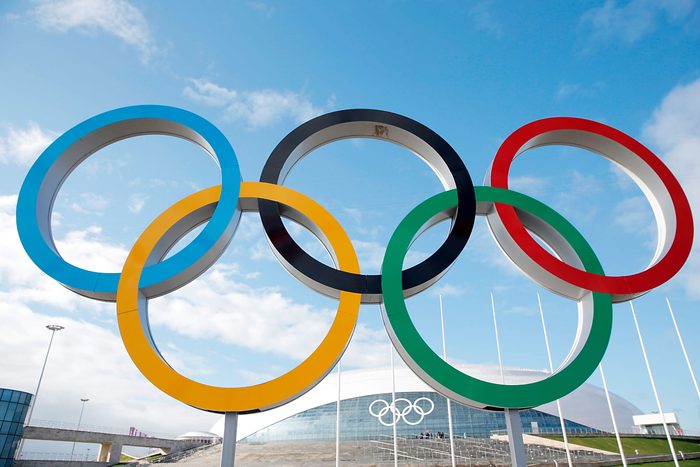National Olympic teams use machine learning to gain a competitive advantage over their opponents in the Tokyo 2020 Olympics. The international sporting event uses machine learning technologies to track athlete data, real-time feedback from coaches who can tell athletes when to exercise and when to stop using algorithms to predict sports injuries.
Machine learning algorithms analyze athlete data collected by multiple systems like Alibaba Group and Intel, which have teamed up to run a 3D athlete tracking system that enables coaches to study every minute of their Olympians’ movement. The system is based on algorithms to understand the biomechanics of the movements of athletes recorded by cameras and to estimate the position of important joints in the body. As an area of artificial intelligence, computer vision enables machines to perform image processing tasks with the aim of mimicking human vision.
Machine learning analyzes the performance of athletes using the Video Intelligence API to track posture, a machine learning technique analyzes photos or videos of people and tries to locate their body parts. With TensorFlow, the person recognition function detects body parts, facial features, Clothing, and pose recognition performs preprocessing steps to train machine learning models.
Trainers rely on machine learning to display individual data for each athlete based on variables like that player’s fitness level and specific overall skills. This process takes it to another level than simple data tracking. Not all athletes are created equal, so machine learning is a critical component that learns about each athlete and signals any significant and high-risk changes in their performance.
Workload information and other data on sleep, hydration, diet, mood, stress, and perceived muscle pain are now backed up by machine learning algorithms so coaches can observe analytics to make decisions about the amount of exercise an athlete should do. .
Olympic teams using the Nike Vaporfly 4% running shoes, can cut energy costs while running by four percent compared to other marathon shoes. Using analytics on the data that create, provides more insight and a way to quantify athlete performance. “RL COOLING” by Ralph Lauren measures body temperature and dissipates heat from the wearer’s skin. Predicting internal body temperature using machine learning models can be used for supervised learning to keep athletes cooler during competition.
Olympic sports such as swimming, gymnastics and beach volleyball use Omega’s stopwatch, which integrates motion sensors and computer vision that allow players to track their movements in real time and analyze them directly during competition. Teams working with machine learning models are optimizing formations, giving better chances of winning medals in important competitions.













